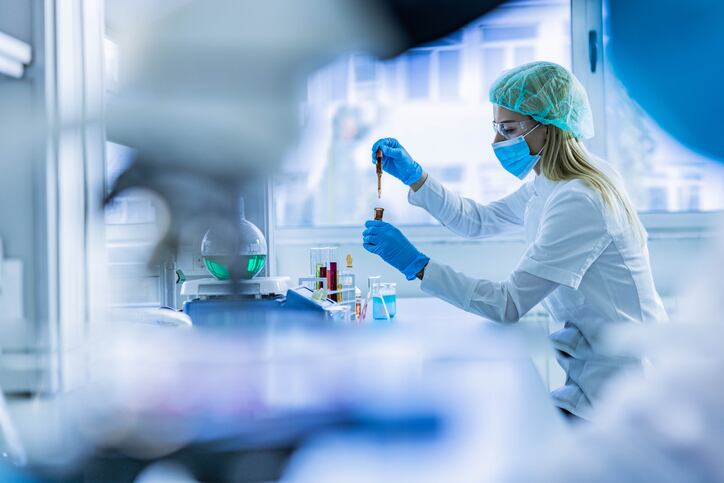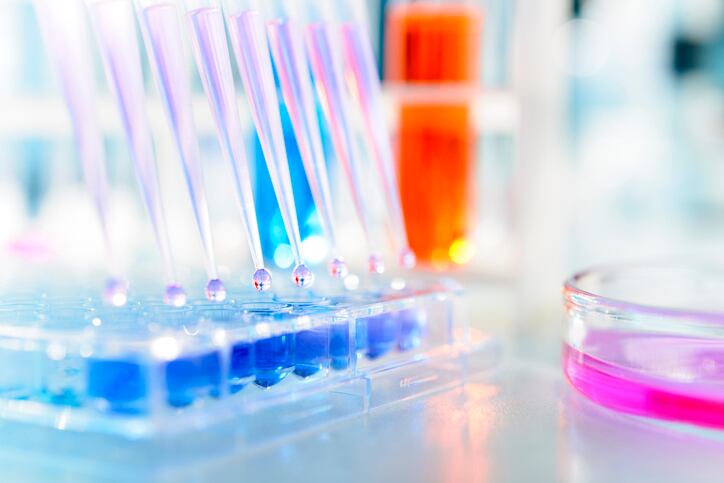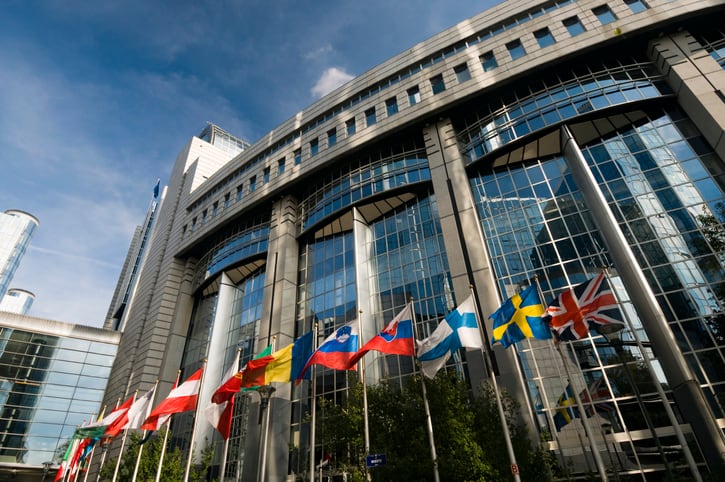Earlier this year, Unilever published a paper calling for a paradigm shift in EU chemical safety assessment, stating non-animal methods (NAMs) had to be fast prioritised if consumer demands were to be met and cosmetic bans upheld. The researchers from Unilever’s Safety & Environmental Assurance Centre (SEAC) said the EU was at a “tipping point” for closing the gap between chemical testing regulation and modern safety science and far-reaching collaboration was now necessary to stimulate change.
And such collaboration had certainly already started, with Members of the European Parliament (MEPs) adopting a resolution vote last month calling for an EU-wide action plan to actively phase out animal experiments – a move that would add weight to the cosmetic industry’s fight to protect its sector-specific ban. A European Citizens’ Initiative (ECI) was also published in August calling on the EU to uphold and protect its existing animal testing ban, spearheaded by Natura &Co’s The Body Shop and Unilever’s Dove brand.
So, how important was this ECI in the push to protect the existing EU cosmetic animal testing bans? And what might an animal-free future look like moving forward for the beauty and chemical industries?
CosmeticsDesign-Europe caught up with Julia Fentem, head of SEAC and lead author of Unilever’s recent paper, and co-author and colleague Gavin Maxwell, safety science leader at SEAC, to find out.
'There's a big frustration in the scientific community now'
“We should be having a discussion about modernising the chemicals policy and approach which avoids animal testing, not using tests from the 1960s in the 21st century,” said Fentem. “What we’re trying to do is quite innovative, in terms of new materials, yet we’re not allowing safety science to be brought to the fore. That, to me, is the unfairness of the playing field we’re operating in.”
“…The ask is just that the scientific community are facilitated to actually be able to use the new non-animal toolbox we’ve got and to show, as a toxicologist, that we can use it in a way to ensure the chemicals are safe,” she said.
And this, Fentem said, was a big part of why industry had decided to publish an ECI rallying consumer support and calling on EU-wide change.
“When we had the discussions between Dove, The Body Shop, PETA and Cruelty-Free International, we couldn’t come up with another mechanism which would target where we need to, which is changing the course. It is the Commission who put in place the animal testing bans, in 2009 and 2013, and it’s essentially their call now in terms of how they try to reconcile the now essentially conflicting requirements,” she said.
Beauty companies were frustratingly “caught in the middle” between animal testing bans under the Cosmetics Regulation and the evolving chemicals regulation under REACH, she said, where suppliers were being asked to conduct new animal testing.
“It’s the Commission that has to act (…) Since 2013, we have essentially been able to still put cosmetic products on the EU market, and we’ve done it without having to resort to animal testing. And now we’re going back full circle. So, there’s a big frustration in the scientific community now,” Fentem said.
Animal-free cosmetics innovation has advanced, regulatory needs to catch up
Scientists had worked “day in and day out” for years to bring industry to a point where animal-free testing worked, she said, and today scientists, beauty companies, NGOs and trade associations were “all on the same side” in wanting to protect this – a “unique” alignment happening because it was “important to everyone to protect the ban”.
Maxwell agreed: “It’s really nice to see the recognition we’ve reached that tipping point where we can all stand shoulder-to-shoulder and say we have the science in our hands, we want to be able to use it and use it broadly (…) But because of the current state of the regulations, we’re not in a position to see that [science] fully used.”
Non-animal methods had not featured in REACH guidance at the speed expected, he said. “…The progress that’s been made in cosmetics, even agriculture, isn’t making its way into regulatory frameworks.”
There was a clear need for a “broader roadmap” in chemical safety assessment, Maxwell said, which was highlighted by the ECI. “It’s a huge challenge. We’ve made enormous scientific progress, and it’s really inspiring to see all the work achieved (…) We just need to get the message out there and ultimately make sure people have the skills needed.”
“We’ve got this capability gap,” said Fentem. “And to some extent, we should have addressed this as we were going along. We’re reaping the negative side of moving ahead too quickly and not taking everyone with us and not building up capability and capacity.”
So, how could the scientific community and industry bring everyone up-to-speed?
Toxicology is an ‘interdisciplinary science’ – collaboration will be needed
Maxwell said the ‘capability gap’ industry was currently grappling with would hopefully be plugged by the five-year industry led global New Science Programme, set to launch in 2022 and designed to drive and shape worldwide uptake and regulatory acceptance of non-animal testing alternatives in cosmetics. The programme had been spearheaded by trade associations Cosmetics Europe, Personal Care Products Council and Cosmetics Alliance Canada, along with several beauty brand leaders and the non-profit Humane Society International (HSI).
“It’s really an attempt as a cosmetics industry to now make sure everyone who wants to use these approaches has access to them, training available, and if there are regulators globally who would also like to access them, we can share studies, evaluation data sets and have an open discussion,” he said.
Moving forward, it would also be important there was a willingness to bring in “new types of expertise” to create a chemical testing environment that was entirely animal-free, he said, because toxicology was an “interdisciplinary science”. Collaboration and insight exchange between professionals in cosmetics and agriculture, for example, would be valuable, he said, as would further work between the US Environmental Protection Agency (EPA) and European Commission (EC).
“It’s going to be an evolving approach, we’re going to continue to build the science and increase our collective knowledge of what we’re protecting and how to improve the protection, but let’s not sit around and say we can’t do it yet – this is too early because that’s just not true,” he said.
Fentem added: “There’s a mindset bit in here as well as the science, just around the openness to change.”
‘Real change’ in non-animal methods to happen with tiered approach
Maxwell said that following decades of scientific advances, industry was now moving towards “real change” in terms of how non-animal testing alternatives were judged and evaluated as useful.
Industry, he said, had advanced with one-to-one in vitro replacements for animal tests and, more recently, combined methods to test for skin sensitisation – published as an official Organisation for Economic Co-operation and Development (OECD) guidance earlier this year and highlighted by ECHA more recently under an advice document.
“But the real step-change benefit we can get from these methods is if we think about how we can use them in a tiered way to define points of departure that ultimately allow us to estimate margins in safety,” Maxwell said. This had to be the next focus for scientists, industry and others involved in cosmetic safety assessments, he said.
“I am honestly really optimistic about the New Science Programme. The ability to try and unleash the potential of this new science with a much broader audience to support the cosmetics industry through what will be global animal testing bans, and demonstrate you can innovate with these approaches globally, I think, will be a really nice achievement to celebrate in the next few years.”
Fentem agreed the more industry used the science and animal-free toolbox to prove how it worked in action, the more promising the future would be, particularly through work with early-career scientists and toxicology students to build out case studies.




